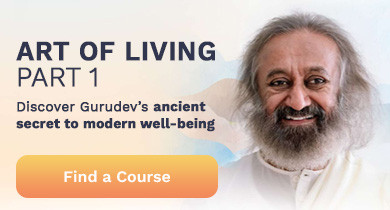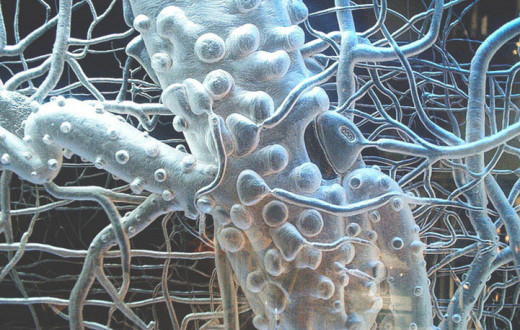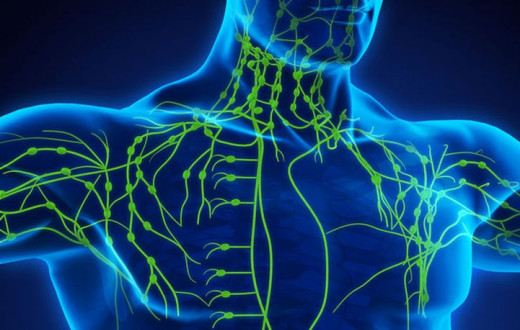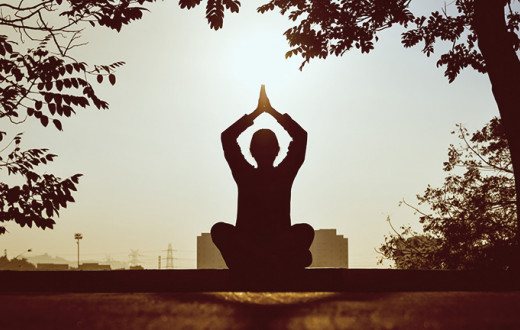By Coral Brown
Each of the seven chakras governs not only a physical but an emotional and mental aspect of your being. Here’s how to tap into your root chakra.
Turning fear into faith has become a steady practice for me since I became pregnant with my son last January. I don’t mean a religious kind of faith, but rather a faith in myself and the universe. Fear is a very powerful energy, but like any kind of energy, it can be harnessed, manipulated, and transformed. If fed, fear festers and turns into anxiety.
What if?
I know that when the classic, “What if….” questions arise it’s a sure sign that I’m feeding fear and laying the groundwork for anxiety. Reframing these into positive questions is a powerful practice that, if pursued diligently, can have a significant impact, reducing anxiety. The fact is, the positive question or statement is usually more likely to be true than the negative!
Example: What if I get into a car accident? vs What if I arrive safely at my destination?
What if….. I am safe, loved, seen, powerful, loving, and heard?
Fear is powerful and, when necessary, can cause us to react in ways that are lifesaving, like jumping out of the way of a moving car. But faith is life changing. Faith and trust in oneself creates a solid base, in which we can dwell with joy and insight.
Cultivating these qualities is a practice that’s supported by understanding where our needs and fears originate. Separating the real from the unreal, moving from dark to light can be achieved by exploring our internal storage system, better known as the subtle body, specifically known in Sanskrit as the chakras.
Understanding the chakras
I view the chakras as psycho-spiritual processing centers that assimilate and store information. They hold the personal and emotional memories of our lifetimes. The root chakra is called Muladhara in Sanskrit, which translates to the ‘dwelling place of support,’ and when unsettled it switches on the fear response which alerts the nervous system that there’s danger. Whether this danger is actual or only perceived to be real, the breath quickens, there’s a surge of blood flow to the muscles and the body prepares to fight, take flight, or freeze.
Understanding the subtle body, as well as the physical body, combined with summoning conscious thoughts based in faith and trust, interrupts the fear feedback loop and resets the whole body-mind system.
Acknowledging what makes me feel safe gives me the tools I need to stabilize myself when I feel unsafe. Understanding why these things make me feel unsafe helps me understand and compassionately witness my history and how I came to be the powerfully imperfect person that I am today. For example, through my research and studies as a holistic psychotherapist, I have explored the parallels between western psychology and eastern philosophy over the last 10 years.
The stages of development
I’ve found that the human psyche’s stages of development overlap the development of the chakras quite profoundly. Our first stage of development takes place from birth to age six or seven. It’s during this time in our lives that the root chakra is being formulated.
The core needs that must be met at this time in our lives revolve around food, safety, security, and nurturing. These are our basic needs and when one of them is unmet, our foundation is disrupted, and fear results. I know that when I’m hungry or overtired, I can be pretty cranky and definitely not at my kindest, toward myself and others. For example, I observed my reactions as we bought and moved into our home 4 years ago; even though we had a lovely home to move into, it was still a very unsettling process.
But being pregnant was the big trigger. Fear for the baby’s health, fear for the potential stress on my marriage, fear about the changes to my livelihood…I could go on! I absolutely couldn’t afford to let these waves of fear ruin my experience! So I worked hard to stay present, breathe, and trust. I prayed, walked, sat by the ocean, communicated with my husband, and nourished myself. And it worked, for the most part!
We experience such earthquakes throughout our lifetime, and the way that we respond to them will be influenced by how the root chakra was developed. How safe, loved, secure, nourished, and nurtured did we feel as a child? What strategies did we learn to get these needs met? Are we still using them today? Are there more appropriate and meaningful strategies that we could employ?
While the deep work that helps prevent the paralyzing effects of the fear cycle is found in the root chakra, each chakra represents specific needs, and there are emotional and behavioral reactions when these needs are unmet. Most of the time, these reactions limit our ability to live to our fullest potential and experience deep and lasting joy.
Start this work by paying attention, observing, witnessing, but not judging your reactions to root chakra imbalances. Journal, discuss or meditate on your childhood experiences. Visualize moments when your needs are being fully met and the feelings that you experience. Manifest a safe, secure, nurturing, and loving reality!
Want to learn even more about the chakras? Attend the Secrets of the 7 chakras, a free, limited time only, on-demand webinar where you will experience relaxation, deep rest, and personal insight. Click below to sign up.
This article was originally published by the Art of Living Retreat Center blog.
Coral Brown leads teacher trainings, retreats and workshops around the world and regularly contributes to Yoga Journal.





























